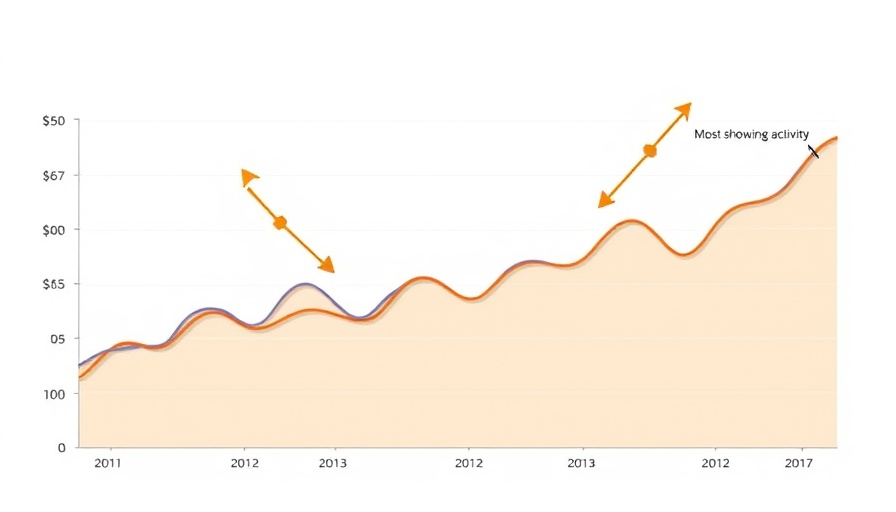
The Current Landscape of Calgary's Real Estate Market
As of June 2, 2025, Calgary’s housing market is witnessing notable shifts, primarily driven by the apartment condominium sector. Reports indicate that total residential sales have dropped by 17% compared to last year, with 2,568 homes changing hands this month. However, it’s important to note that this figure is still 11% above the long-term average for May and reflects an uptick from last month, suggesting a complex tapestry of market dynamics at play.
Balancing Act: Supply and Demand
One of the significant patterns in the market is the increase in new listings, which have surged ahead of sales. This trend has resulted in a rise in inventory levels, but fortunately, the relative balance in supply—currently at 2.6 months—has kept prices fairly stable across most home types. “We are seeing a notable divergence,” explains Ann-Marie Lurie, Chief Economist at CREB®. “The supply and demand dynamics are not the same everywhere, leading to differing trends in home prices.” While the apartment and row homes have faced price reductions, detached and semi-detached homes maintain levels higher than the previous year.
Prices Under Pressure: A Closer Look
The current unadjusted benchmark price for all residential properties in Calgary sits at $589,900—a slight decline from last month and a bit over two percent lower than May 2024 levels. The downward pressure on prices predominantly affects row and apartment homes, attributing this change to an improved supply of new homes and rental units. This adjustment aligns with trends observed across other Canadian cities, where demand remains affected by economic uncertainties.
District Dynamics: Variation in Performance
Interestingly, not all districts are experiencing the same fate. For example, the North East district has seen a significant drop in resale activity accompanied by a surge in new listings, resulting in a sales-to-new-listings ratio plummeting to just 41%. This imbalance has led housing prices in that region to ease as supply exceeds demand. Conversely, the City Centre and West districts maintain stable pricing largely due to high demand despite the overall market slowdown.
Future Trends: What Lies Ahead?
Looking ahead, the trajectory of Calgary’s housing market remains uncertain. However, experts speculate a continued balancing of market conditions as new listings and inventory adjust to meet ongoing demand. Lurie highlights that the months of supply being above two essentially supports a more stable pricing environment, even as buyer sentiment remains cautious amidst economic fluctuations. "The shift towards balanced conditions may alleviate some buyer anxiety, potentially reinvigorating interest in detached and semi-detached homes," she suggests.
The Bigger Picture: Economic Impacts
As we analyze these developments, it's essential to consider the broader economic context. The shifts within Calgary’s housing market directly correlate to local job growth, migration patterns, and consumer confidence. Community-based initiatives and local programs focused on improving affordable housing options can also significantly influence market dynamics, ensuring they remain adaptable to ever-changing circumstances.
Conclusion: Harnessing Opportunities
Calgary's real estate market is in a state of evolution. While certain property types are experiencing pullbacks, others are maintaining robust appeal amidst a backdrop of intricate supply and demand factors. For potential buyers and sellers within the community, now might be a pivotal moment to evaluate their options. Those considering entering the market should stay informed about these evolving trends as they present unique opportunities to either secure their dream home or strategically position themselves for future investments.
 Add Row
Add Row  Add
Add 




 Add Row
Add Row  Add
Add 

Write A Comment